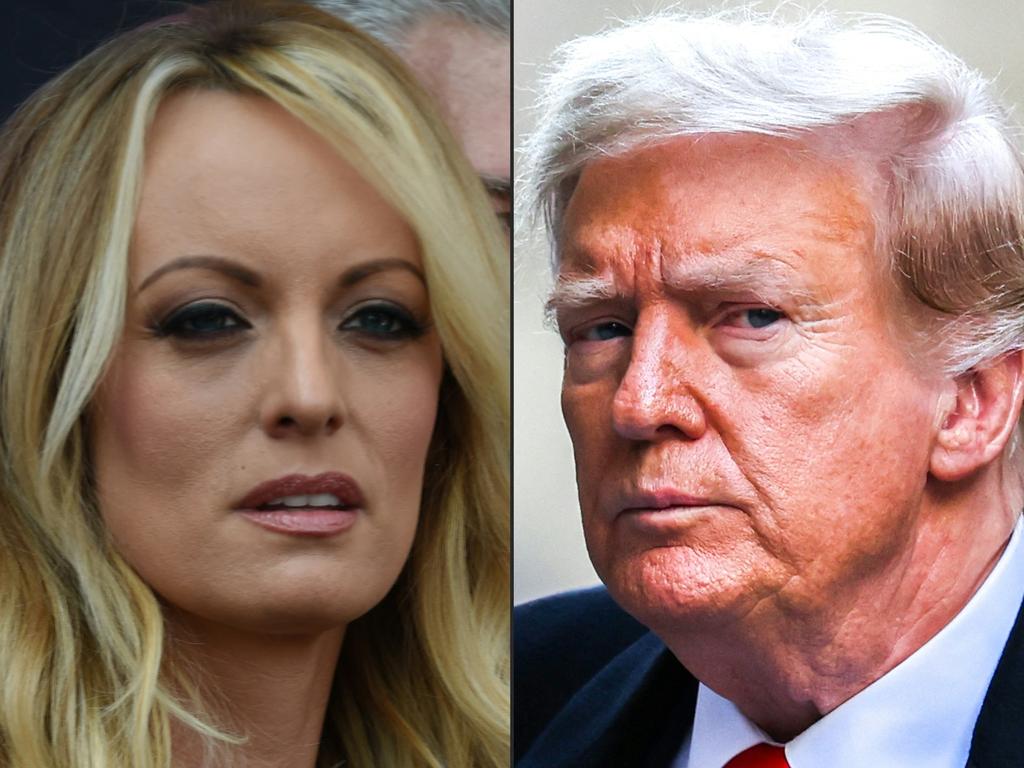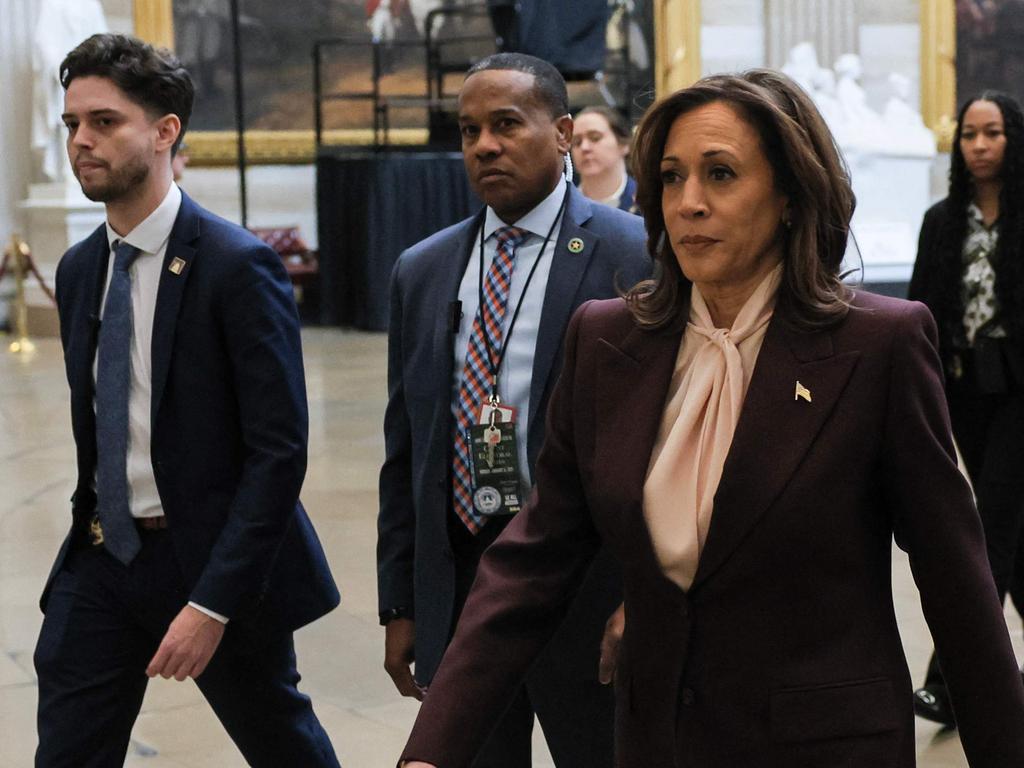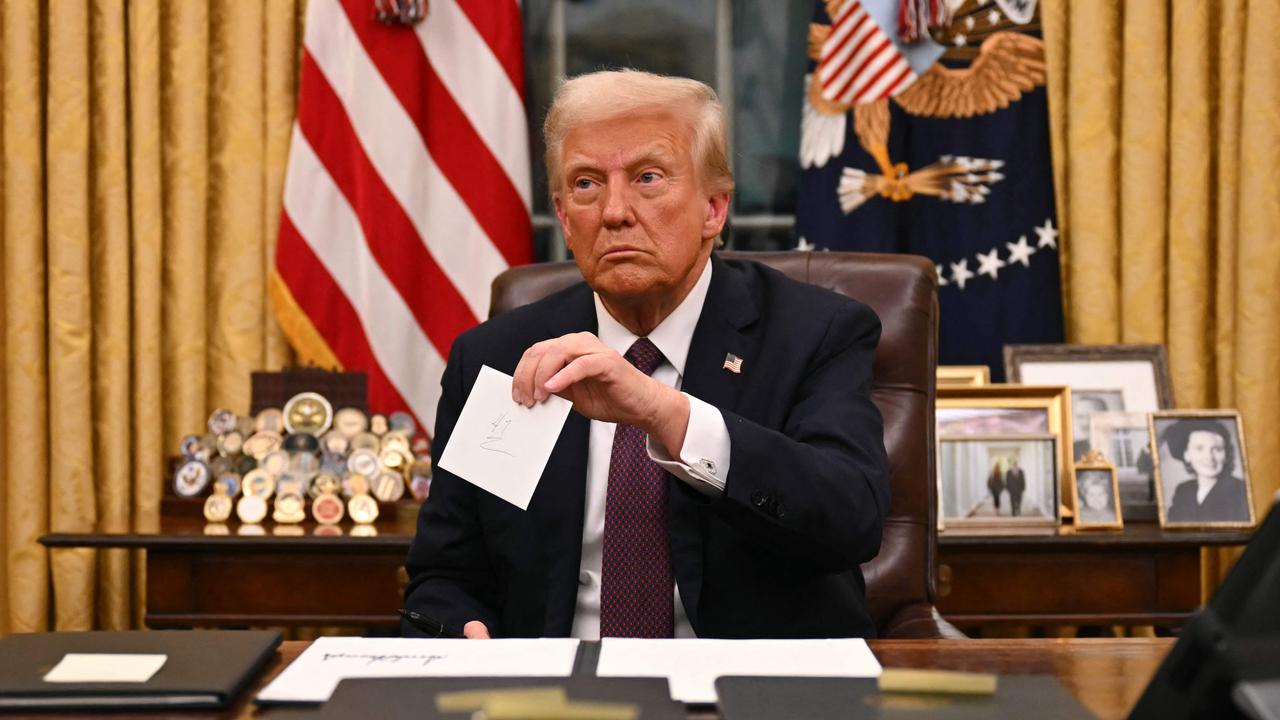Donald Trump’s Orwellian effort to control the January 6 narrative pays off
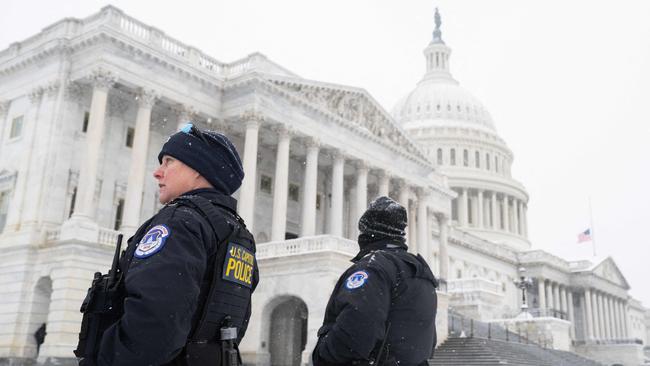
On January 7, 2021, Donald Trump condemned the “heinous attack” that “defiled” the United States Capitol the previous day and vowed that “those who broke the law … will pay”.
By this year’s election campaign he was describing the assault on the home of US democracy by a mob of supporters to interrupt Joe Biden’s election victory as “a day of love” with “nothing done wrong at all”.
The change in rhetoric showed how America’s day of infamy four years ago became a battle to control the historical narrative and, along with it, Trump’s suitability for his return to the presidency.
Trump won. His triumphant return to office was confirmed yesterday (Monday) on the anniversary of the largest criminal event (measured by the number of those charged) ever investigated by US authorities.
Writing in the Washington Post, Biden insisted that US democracy was in good health - but warned that the events of four years ago should not be airbrushed out of history.
“We should be proud our democracy withstood this assault,” he wrote. “But we should not forget. We must remember … that any nation that forgets its past is doomed to repeat it. An unrelenting effort has been under way to rewrite – even erase – the history of that day. To tell us we didn’t see what we all saw with our own eyes. To dismiss concerns about it as some kind of partisan obsession.”
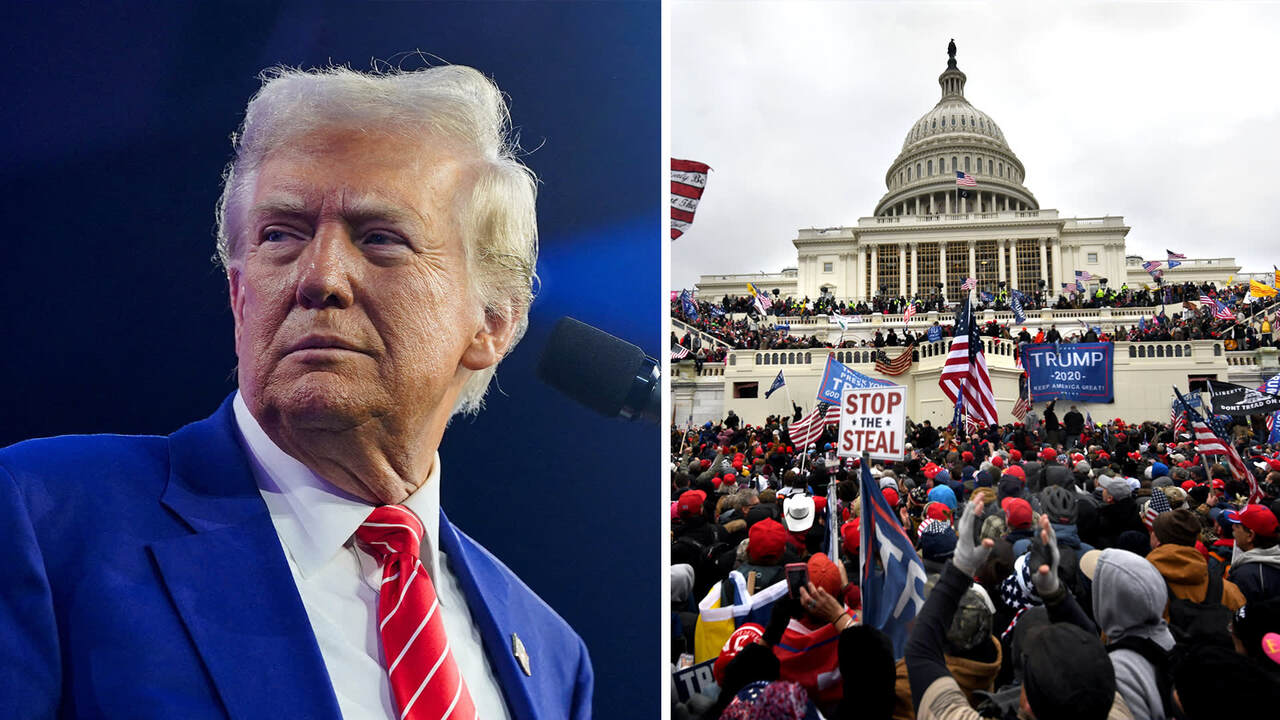
Trump’s Orwellian efforts to redefine the attack that left members of Congress in fear for their lives reflect the polarised worldviews that have left Americans deeply divided over numerous political and cultural issues.
Trump has never accepted any responsibility for the violence.
One week after the riot he was impeached by the Democrat-controlled House for incitement of insurrection but acquitted in the Senate when 43 Republicans voted “not guilty”.
In 2022 a bipartisan House committee pinned the blame squarely on Trump, concluding that the mob attack was not spontaneous but encouraged by the president, his aides and supporters. As part of his campaign to rewrite the story of the day, he sought to put blame for many of the failures on Nancy Pelosi, the leading Democrat who was House Speaker and responsible for the security of the chamber.
A Republican-controlled House committee last summer obtained video shot by Pelosi’s daughter Alexandra showing her mother saying “I take responsibility for not having them just prepare for more” as she is being evacuated. But she also says: “Why weren’t the National Guard there to begin with?” The force is not under her control and only arrived much later.
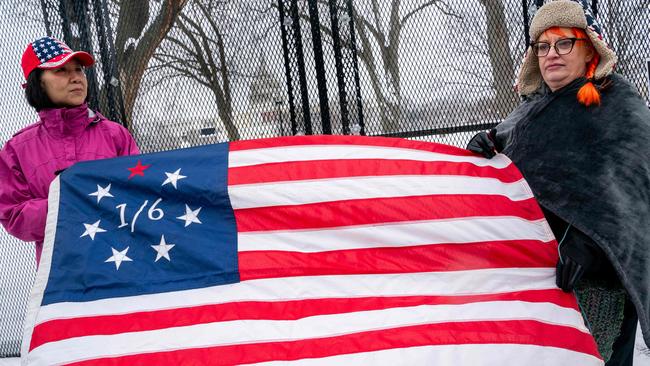
Another widely believed conspiracy theory involves claims that the riot was instigated by the FBI to besmirch Trump and his supporters.
A central figure here is Ray Epps, a Trump supporter filmed urging demonstrators to “storm the Capitol” and alleged to be an undercover agent. Epps and the FBI denied this but due to the barrage of anger and threats against him, Epps was forced to abandon his home and business in Arizona to live with his wife in Utah.
Just as those convicted have been lionised by Trump, so has Ashli Babbitt, a Trump supporter shot dead by a Capitol police officer trying to burst through barricaded doors during the riot. Capitol police judged the shooting lawful. Trump called the officer a “thug”, saying: “There was no reason Ashli should’ve lost her life that day.”
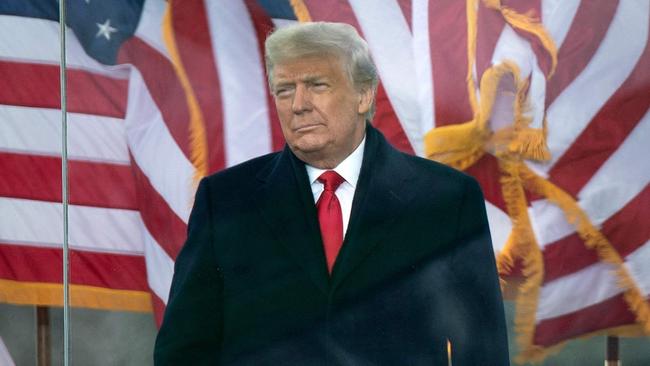
About 1580 people have been charged with offences ranging from aggravated trespass to violence and seditious conspiracy.
Trump recast those in jail as “hostages” and there is expectation among his supporters of pardons on his first day back in office, on January 20.
Of those charged, there were 1020 guilty pleas and 250 trial convictions, with 100 scheduled to stand trial and 168 to be sentenced this year.
Those convicted and their supporters refer to themselves as political prisoners despite the due legal process.
The Times

